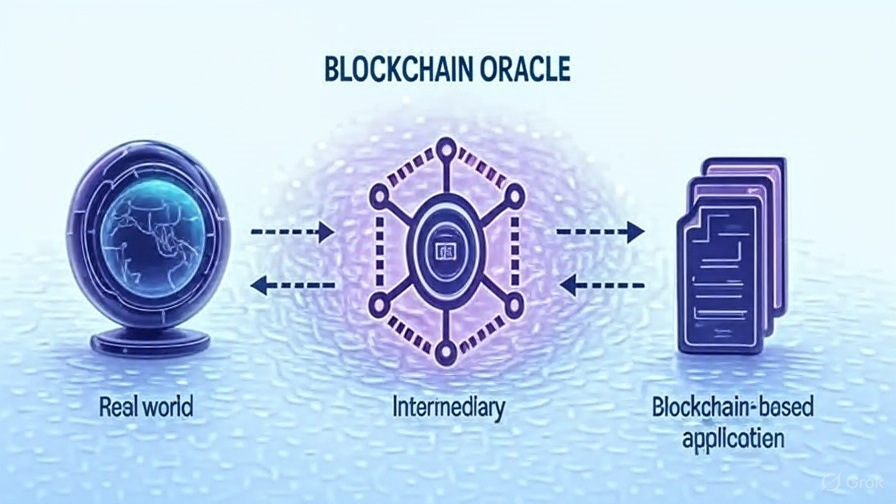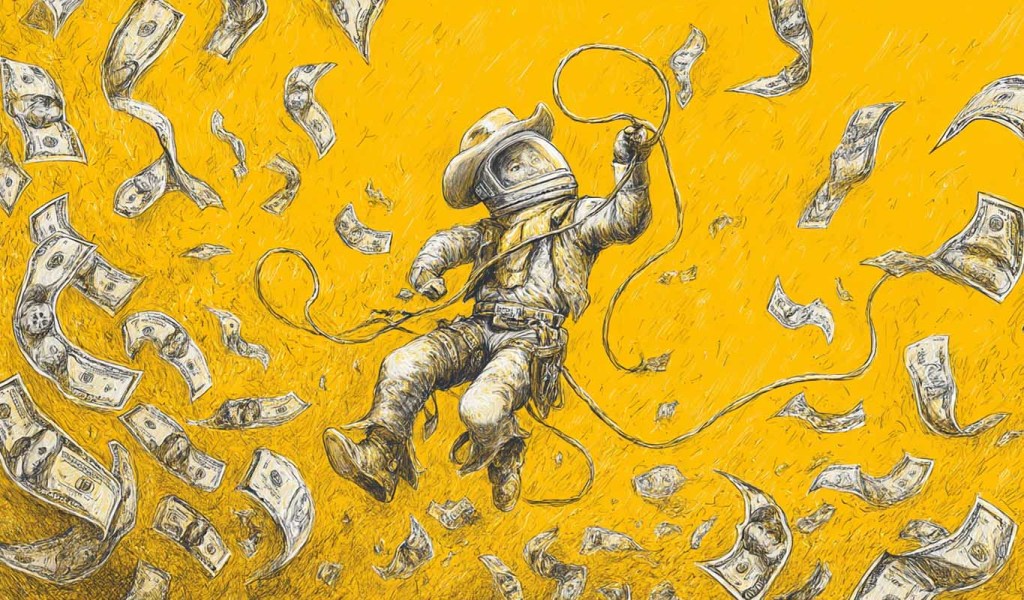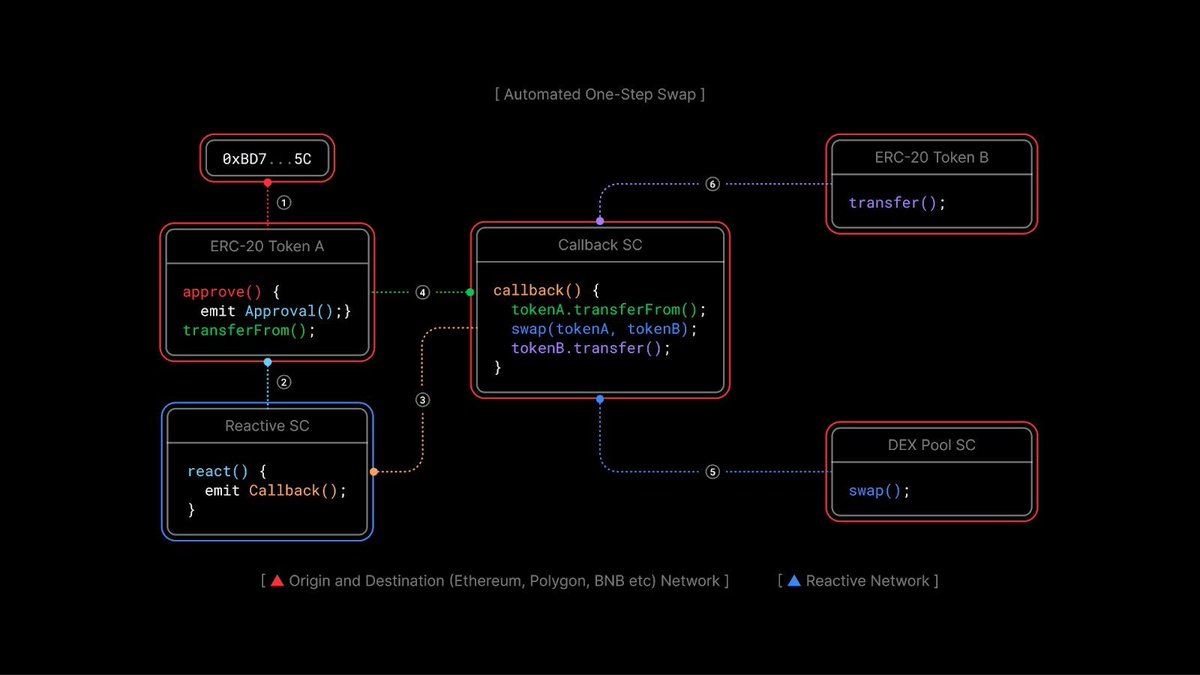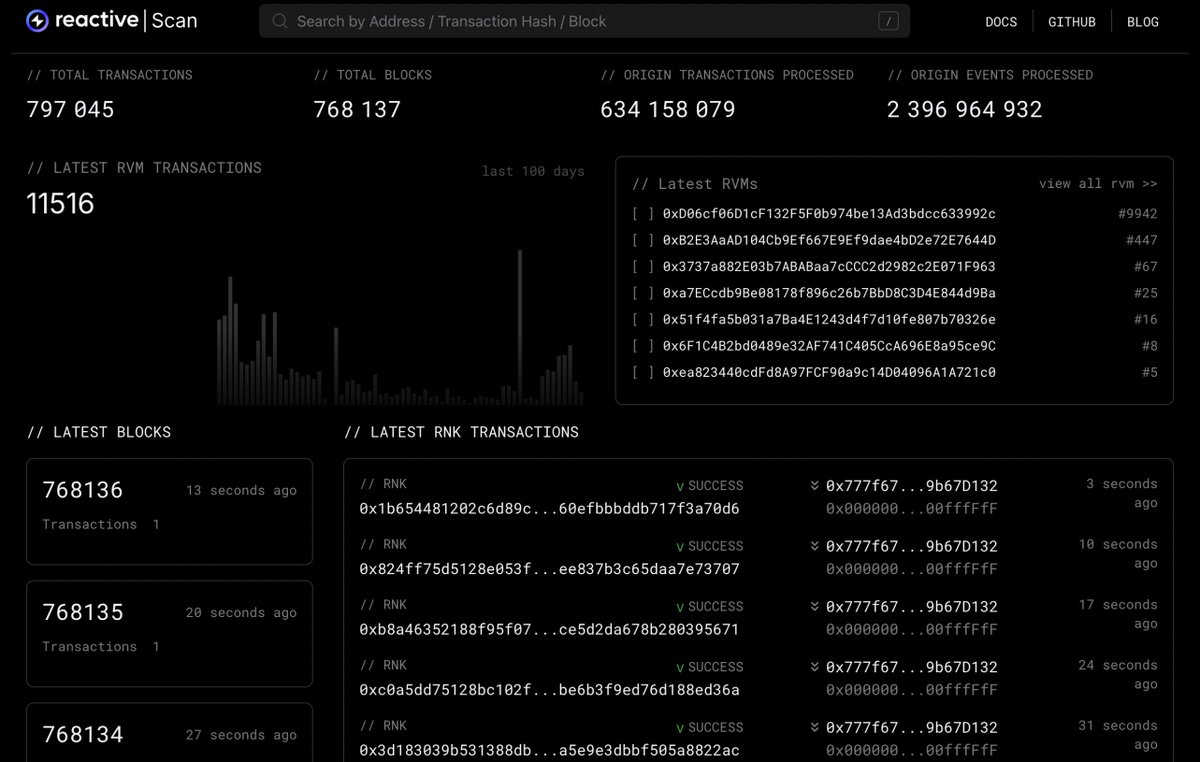By Omkar Godbole (All times ET unless indicated otherwise)
The crypto market is a sea of green as traders look past the stagflation specter raised by the Fed on Wednesday and cheer President Donald Trump's hint of a big trade-deal announcement with a major trading partner.
Bitcoin jumped 2.6%, nearing $100,000, even with the WSJ reporting that the announcement could be more of a framework for talks than actual confirmation of an agreement. The wider market put in bigger gains, with XRP, ETH, ADA, DOGE and several other coins rising 4% to 6%. Tokens associated with memecoin projects, layer 1s and DeFi are leading the market higher.
In key news, cumulative inflows into the U.S.-listed spot bitcoin exchange-traded funds (ETFs) have hit an all-time high of $40.62 billion, signaling continued institutional adoption. (Check Chart of the Day.)
On Thursday, Arizona became the second U.S. state to pass a bitcoin reserve bill. The regulation allows the state to take ownership of abandoned coins in the event that the owner ignores messages sent within three years. It also lets the state make BTC investments.
An ether whale ICO participant sold 5,200 ETH at $9.54 million, extending a series of recent liquidations. The whale still holds 8,300 ETH ($15.28 million).
Decentralized layer-1 blockchain Avalanche's C-Chain registered the highest amount of transactions in two years, with the median gas cost of just $0.00078. The AVAX token traded 7% higher at $21 at press time.
Stripe unveiled a new feature called Stablecoin Financial Accounts, powered by Bridge, unlocking access to dollar-denominated services in over 100 countries.
On the macro front, the first quarter U.S. unit labor cost data will be watched by traders for signs of sticky wage price inflation that could potentially delay the Fed rate cuts. Stay alert!
What to Watch
Crypto:
May 8: Judge John G. Koeltl will sentence Alex Mashinsky, the founder and former CEO of the now-defunct crypto lending firm Celsius Network, at the U.S. District Court for the Southern District of New York.
May 12, 1 p.m. to 5:30 p.m.: A U.S. SEC Crypto Task Force Roundtable on "Tokenization: Moving Assets Onchain: Where TradFi and DeFi Meet" will be held at the SEC's headquarters in Washington.
Macro
May 8, 7 a.m.: The Bank of England announces its interest-rate decision. The Monetary Policy Report Press Conference is livestreamed 30 minutes later.
Bank Rate Est. 4.25% vs. Prev. 4.5%
May 8, 8:30 a.m.: The U.S. Department of Labor releases unemployment insurance data for the week ended May 3.
Initial Jobless Claims Est. 230K vs. Prev. 241K
May 8, 10 a.m.: President Donald Trump will reportedly unveil the framework of a trade deal with the U.K. at a White House press conference.
May 9-12: Chinese Vice Premier He Lifeng will hold trade talks with U.S. Treasury Secretary Scott Bessent during his visit to Switzerland.
Earnings (Estimates based on FactSet data)
May 8: CleanSpark (CLSK), post-market, $-0.11
May 8: Coinbase Global (COIN), post-market, $1.88
May 8: Hut 8 (HUT), pre-market, $-0.10
May 8: MARA Holdings (MARA), post-market, $-0.52
May 13: Semler Scientific (SMLR), post-market
Token Events
Governance votes & calls
Arbitrum DAO is voting on whether to put the last $10.7 million from its 35 million ARB diversification plan into three low‑risk, dollar‑based funds from WisdomTree, Spiko and Franklin Templeton. Voting ends on May 8.
Compound DAO is voting on which new collateral type to prioritize on Compound V3. Voting ends May 8.
May 8, 10 a.m.: Balancer and Euler to host an Ask Me Anything (AMA) session.
May 15, 10 a.m.: Moca Network to host a Discord townhall session discussing network updates.
Unlocks
May 9: Movement (MOVE) to unlock 2.04% of its circulating supply worth $8.08 million.
May 11: Solayer (LAYER) to unlock 12.87% of its circulating supply worth $35.66 million.
May 12: Aptos (APT) to unlock 1.82% of its circulating supply worth $57.45 million.
May 13: WhiteBIT Coin (WBT) to unlock 27.41% of its circulating supply worth $1.14 billion.
May 15: Starknet (STRK) to unlock 4.09% of its circulating supply worth $17.7 million.
Token Launches
May 8: AIXBT to be listed on Binance.US.
May 8: Space and Time (SXT) to be listed on Binance, MEXC, BingX, KuCoin, Bitget and others.
May 16: Galxe (GAL), Litentry (LIT), Mines of Dalarnia (DAR), Orion Protocol (ORN), and PARSIQ (PRQ) to be delisted from Coinbase.
Conferences
CoinDesk's Consensus is taking place in Toronto on May 14-16. Use code DAYBOOK and save 15% on passes.
Day 3 of 3: Stripe Sessions (San Francisco)
Day 2 of 3: SALT’s Bermuda Digital Finance Forum 2025 (Hamilton, Bermuda)
May 9-10: Stanford Blockchain Governance Summit (San Francisco)
May 11-17: Canada Crypto Week (Toronto)
May 12-13: Dubai FinTech Summit
May 12-13: Filecoin (FIL) Developer Summit (Toronto)
May 12-13: Latest in DeFi Research (TLDR) Conference (New York)
May 12-14: ACI’s 9th Annual Legal, Regulatory, and Compliance Forum on Fintech & Emerging Payment Systems (New York)
May 13: Blockchain Futurist Conference (Toronto)
May 13: ETHWomen (Toronto)
May 14-16: CoinDesk's Consensus 2025 (Toronto)
Token Talk
By Shaurya Malwa
$3, just $3.
That's all Movement network earned in fees over the past 24 hours, DeFiLlama data shows, the lowest in a week for the embattled chain once valued at $1 billion.
Daily DEX volumes have cratered below $500K, a dramatic fall from earlier exuberance that saw the network process more than $2 million a day.
The slide comes days after CoinDesk reported irregularities with how the MOVE token was distributed and supplied to trading firms.
Ironically, the MOVE token launched before the chain existed, raising millions via private sales while the actual blockchain infrastructure lagged far behind.
The project handed out 66 million MOVE tokens (5% of supply) to a market-making firm called Rentech, which dumped nearly all of it for $38 million.
Founder Rushi Manche was terminated on May 7, just days after being suspended. He admitted to “zero oversight” and blamed bad-faith advisers for the project’s collapse in X posts following the CoinDesk report.
MOVE has fallen over 85% from its peak of $1.45 in December 2024 to just 15 cents.
With no trust, no traction and, now, almost no fees, Movement has turned into the cautionary tale of 2025 — a billion-dollar paper promise with a $3 reality.
Derivatives Positioning
BTC and ETH perpetual funding rates rose close to an annualized 10%, signaling a strengthening bullish mood in the market.
BTC, ETH futures premium on the CME still remain under 10%.
On Deribit, bitcoin and ether options risk reversals show a bullish bias for calls across multiple time frames.
Notable block trades include a short position in the $85K BTC put expiring in June and a calendar spread involving calls at strikes $140K and $170K, expiring on Sept. 26 and Dec. 26, respectively.
Market Movements:
BTC is up 3.49% from 4 p.m. ET Wednesday at $99,620.26 (24hrs: +2.77%)
ETH is up 7.76% at $1,939.15 (24hrs: +5.11%)
CoinDesk 20 is up 5.75% at 2,854.54 (24hrs: +3.81%)
Ether CESR Composite Staking Rate is down 6 bps at 2.894%
BTC funding rate is at 0.0048% (5.2242% annualized) on Binance
DXY is up 0.48% at 100.09
Gold is down 1.25% at $3,343.61/oz
Silver is down 0.25% at $32.40/oz
Nikkei 225 closed +0.41% at 36,928.63
Hang Seng closed +0.37% at 22,775.92
FTSE is up 0.39% at 8,592.98
Euro Stoxx 50 is up 1.21% at 5,293.07
DJIA closed on Wednesday +0.7% at 41,113.97
S&P 500 closed +0.43% at 5,631.28
Nasdaq closed +0.27% at 17,738.16
S&P/TSX Composite Index closed +0.75% at 25,161.18
S&P 40 Latin America closed -0.2% at 2,512.07
U.S. 10-year Treasury rate is up 5 bps at 4.315%
E-mini S&P 500 futures are up 1.03% at 5,170.00
E-mini Nasdaq-100 futures are up 1.4% at 20,240.00
E-mini Dow Jones Industrial Average Index futures are up 0.82% at 41,552.00
Bitcoin Stats:
BTC Dominance: 65.08 (-0.44%)
Ethereum to bitcoin ratio: 0.01942 (4.02%)
Hashrate (seven-day moving average): 909 EH/s
Hashprice (spot): $53.34
Total Fees: 6.64 BTC / $661,908.40
CME Futures Open Interest: 142,255 BTC
BTC priced in gold: 29.5 oz
BTC vs gold market cap: 8.37%
Technical Analysis
The XRP-ETH ratio has dived out of the year-to-date ascending trendline.
The breakdown suggests ether outperformance relative to XRP in the days ahead.
Crypto Equities
Strategy (MSTR): closed on Monday at $392.48 (+1.78%), up 5.35% at $413.49 in pre-market
Coinbase Global (COIN): closed at $196.56 (-0.17%), up 4.77% at $205.94
Galaxy Digital Holdings (GLXY): closed at C$26.49 (+2.28%)
MARA Holdings (MARA): closed at $13.33 (+1.37%), up 5.55% at $14.07
Riot Platforms (RIOT): closed at $7.84 (-0.25%), up 5.1% at $8.24
Core Scientific (CORZ): closed at $8.90 (-1%), up 5.28% at $9.37
CleanSpark (CLSK): closed at $8.03 (-0.74%), up 5.23% at $8.45
CoinShares Valkyrie Bitcoin Miners ETF (WGMI): closed at $14.59 (+0.34%), up 5.89% at $15.45
Semler Scientific (SMLR): closed at $33.05 (-0.12%), up 4.99% at $34.70
Exodus Movement (EXOD): closed at $40.01 (+1.34%), up 0.25% at $40.11
ETF Flows
Spot BTC ETFs:
Daily net flow: $142.3 million
Cumulative net flows: $40.68 billion
Total BTC holdings ~ 1.17 million
Spot ETH ETFs
Daily net flow: -$21.8 million
Cumulative net flows: $2.48 billion
Total ETH holdings ~ 3.45 million
Source: Farside Investors
Overnight Flows
Chart of the Day
The chart shared by pseudonymous analyst Checkmate shows the cumulative inflows into the U.S.-listed spot bitcoin ETFs have hit a record high above $40 billion.
Early this week, BlackRock's IBIT surpassed the SPDR gold ETF in year-to-date inflows.
While You Were Sleeping
Trump to Announce Trade-Deal Framework With Britain (The Wall Street Journal): The U.K. is seeking relief from steep U.S. tariffs on steel and autos in exchange for curbing a tax on digital services, according to people familiar with the talks.
India and Pakistan May Have an Off-Ramp After Their Clash. Will They Take It? (New York Times): India and Pakistan signaled room for de-escalation after Indian strikes killed over 20 in Pakistan, with both sides portraying their responses as limited and back-channel talks reportedly underway.
Binance Founder CZ Confirms He Has Applied for Trump Pardon After Prison Term (CoinDesk): CZ said his lawyers had applied for a presidential pardon after media reports in March wrongly claimed he had already done so.
Arthur Hayes Says Bitcoin Will Hit $1M by 2028 as U.S.-China Craft Hollow Trade Deal (CoinDesk): The former BitMEX CEO predicted bitcoin will hit $1 million by 2028, citing Treasury-driven liquidity and geopolitical shifts while dismissing U.S.-China trade deals as largely symbolic.
The EU Wants to End All Russian Gas Imports. Moscow’s Friends in the Bloc Say It’s a ‘Serious Mistake’ (CNBC): The European Commission’s plan to end all energy imports from Russia by 2027 was condemned by Hungary and Slovakia.
Bankers Are Bouncing Back to Life as Hunger for Junk Debt Soars (Bloomberg): Some U.S. investors are moving into European junk bonds to diversify amid tariff-related uncertainty, drawn by expectations of faster rate cuts and demand for companies insulated from trade risks.
In the Ether




























Socials